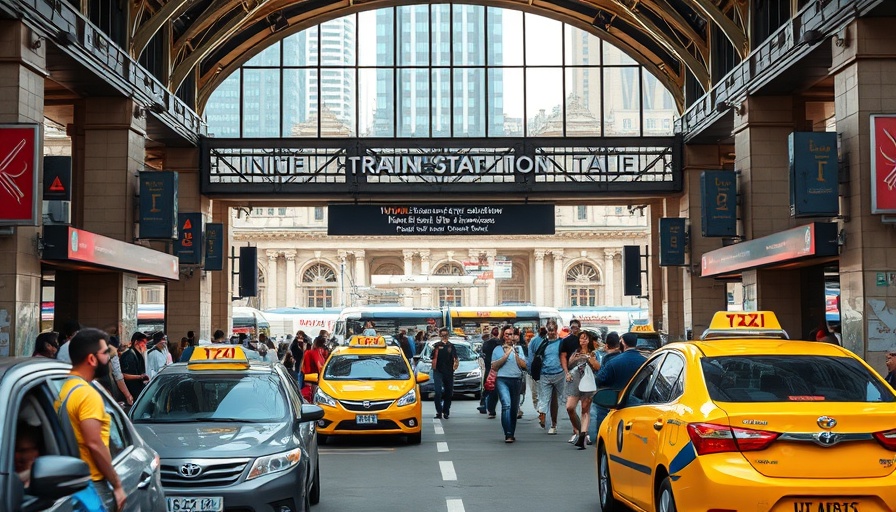
Uncertainty Surrounds Funding for Penn Station Renovation
The Trump Administration's recent assertions regarding the funding of the Penn Station renovation project have stirred a significant response from New York officials. Governor Kathy Hochul initially celebrated an announcement suggesting the federal government would cover the entire $7 billion renovation costs of one of the busiest transit hubs in the U.S. However, federal officials clarified that this commitment was not as robust as previously implied.
The Confusion: A Miscommunication?
Warren Flatau, a spokesperson for the Federal Railroad Administration, stated, "The answer is no,” emphasizing that there was never a confirmed commitment to fund the complete renovation costs. Instead, the FRA has allocated a preliminary engineering grant to Amtrak, with no assurance for the full financial responsibility of the project's culmination. This tension adds another layer to the complex relationship between New York and federal transportation authorities.
Local Politicians React
The uncertainty regarding the funding has reverberated through local government, with officials previously planning alternative uses for the approximately $1.3 billion state funds initially earmarked for the project. The confusion surrounding financial responsibility places additional pressure on state leaders to clarify New York’s stance while grappling with ongoing transit issues.
Implications for Future Transportation Projects
As the debate unfolds over who will ultimately finance the renovation, questions loom about future federal versus state responsibilities in infrastructure projects. New Yorkers are left wondering about the fate of their transit systems as leaders engage in what has become a recurring narrative of negotiation, debate, and shifting responsibilities.
This situation exemplifies the critical dialogue required to understand both local and national transportation strategies, essential as discussions about infrastructure reform continue in various arenas.
 Add Row
Add Row  Add Element
Add Element 



Write A Comment